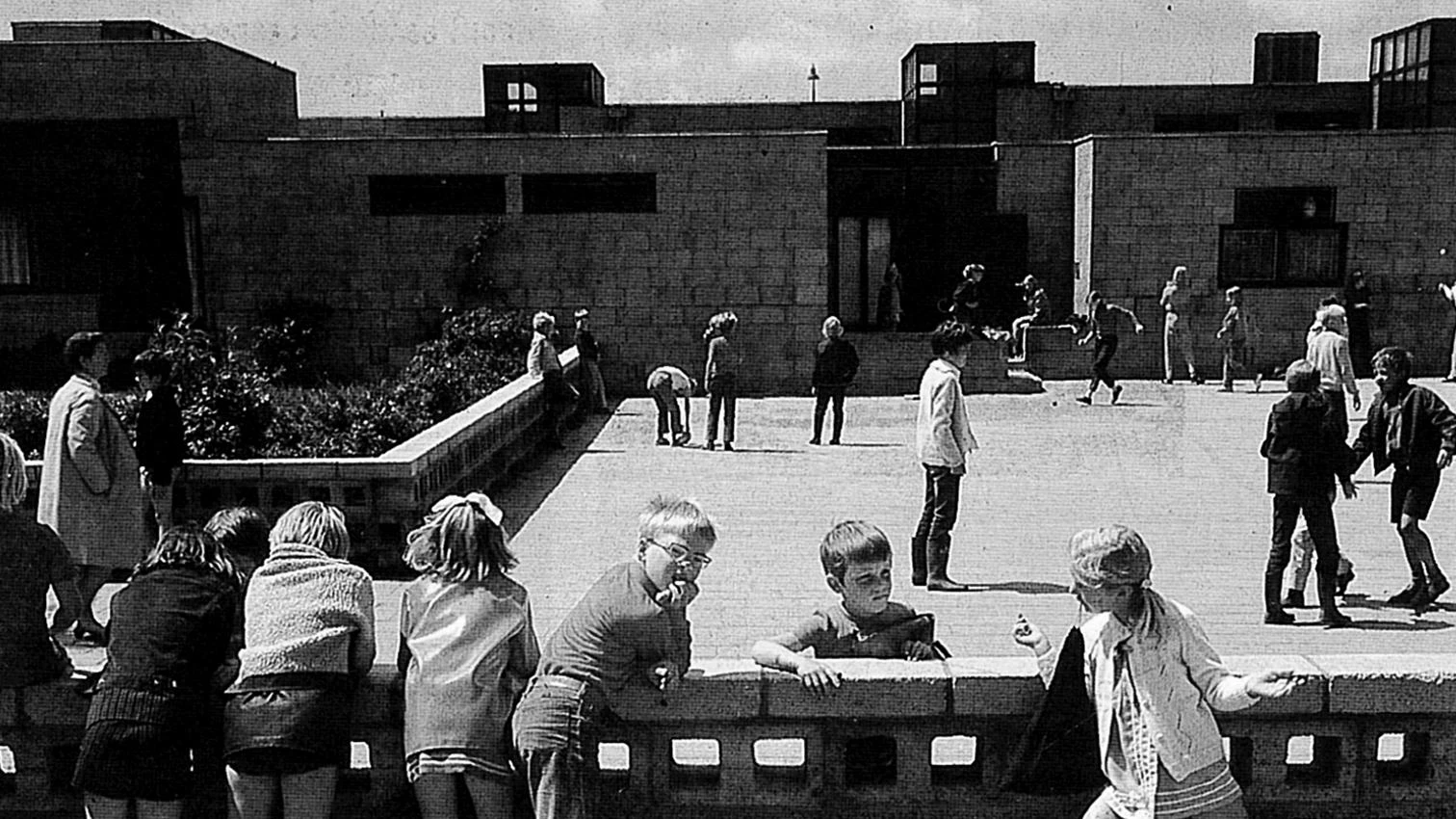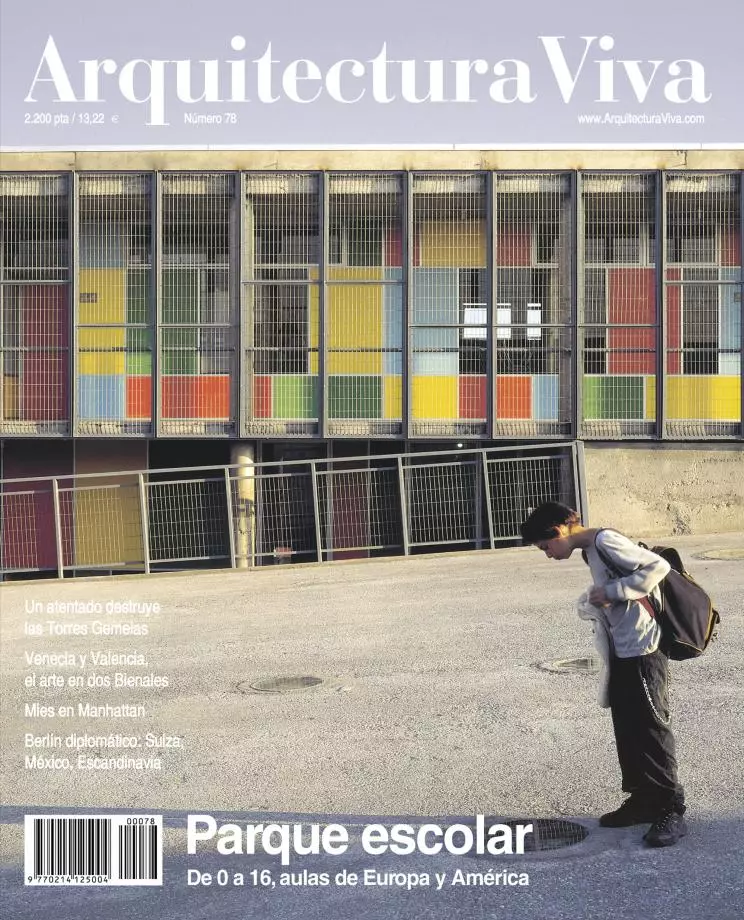
The classrooms of this school are conceived as autonomous units, little homes situated along the school hall, as a communal street. The teacher, ‘mother’, of each house decides, together with the children, what the place will look like, and what atmosphere it will have. It is quite conceivable for the children to keep their ‘home’ clean, like birds their nest, thereby giving expression to the emotional bond with their daily environment. The Montessori idea comprises so-called housekeeping duties for all the children as part of the daily program. Thus, much emphasis is placed on looking after the environment. Each child, too, can bring along his own plant to the classroom, which he or she has to care for. A ‘safe nest’ – familiar surroundings where you know that your things are safe and where you can concentrate without being disturbed by others – is something that each individual needs as much as a group. Without this there can be no collaboration with others. If you don’t have a place that you can call your own, you don’t know where you stand! There can be no adventure without a home-base to return to: everyone needs some kind of nest to fall back on. The domain of a particular group of people should be respected by ‘outsiders’. That is why there are certain risks attached to so-called multifunctional usage. Take a schoolroom: if it is used for other purposes outside school hours, e.g., for neighbourhood activities, all the furniture has to be pushed aside temporarily, and it is evidently not always put back into its proper place. After all, even a thorough cleaning job done by someone else can leave you feeling quite lost in your own space the next morning…[+]





